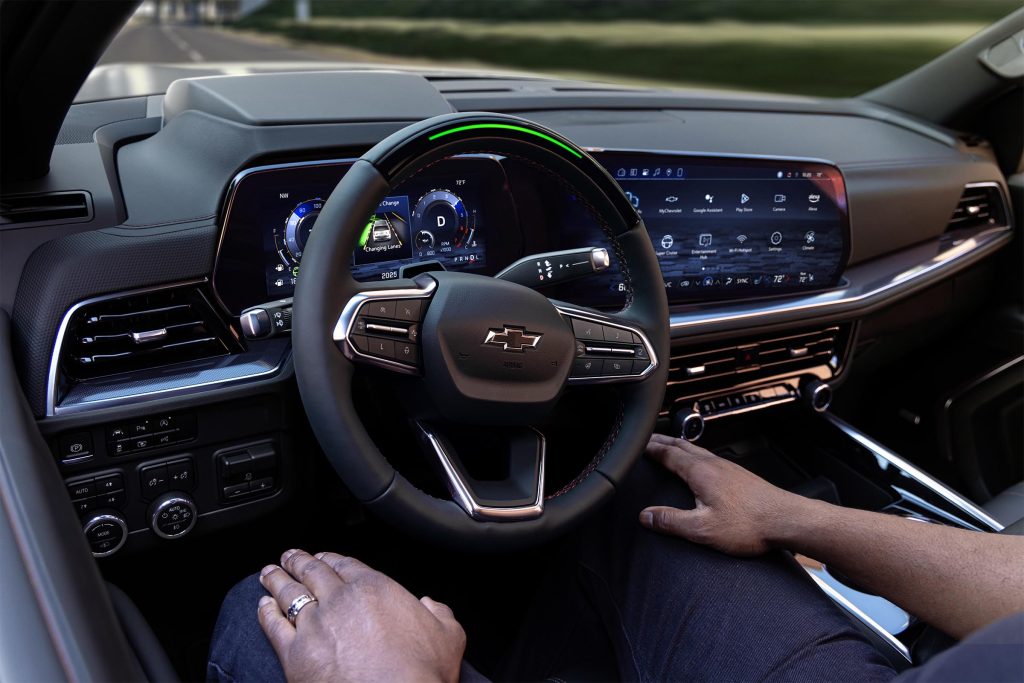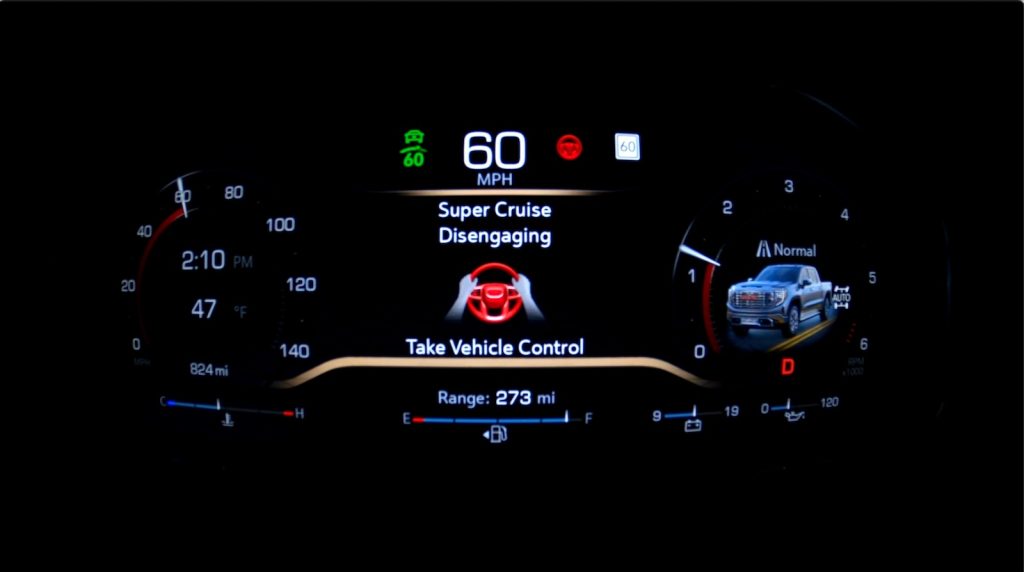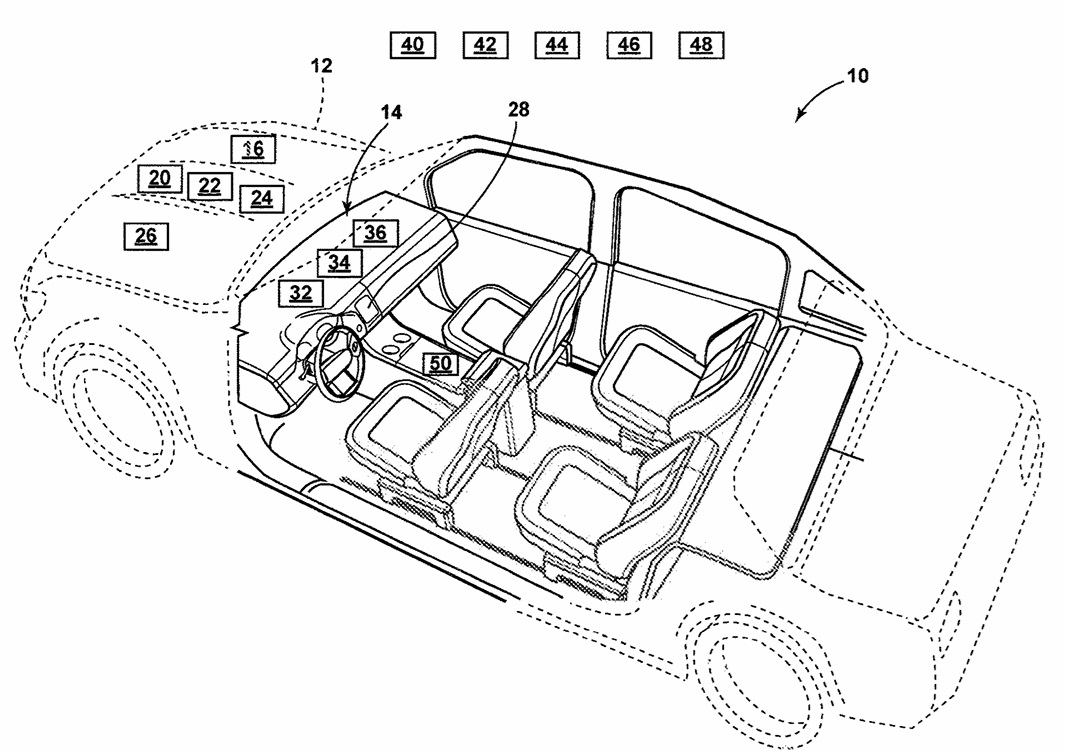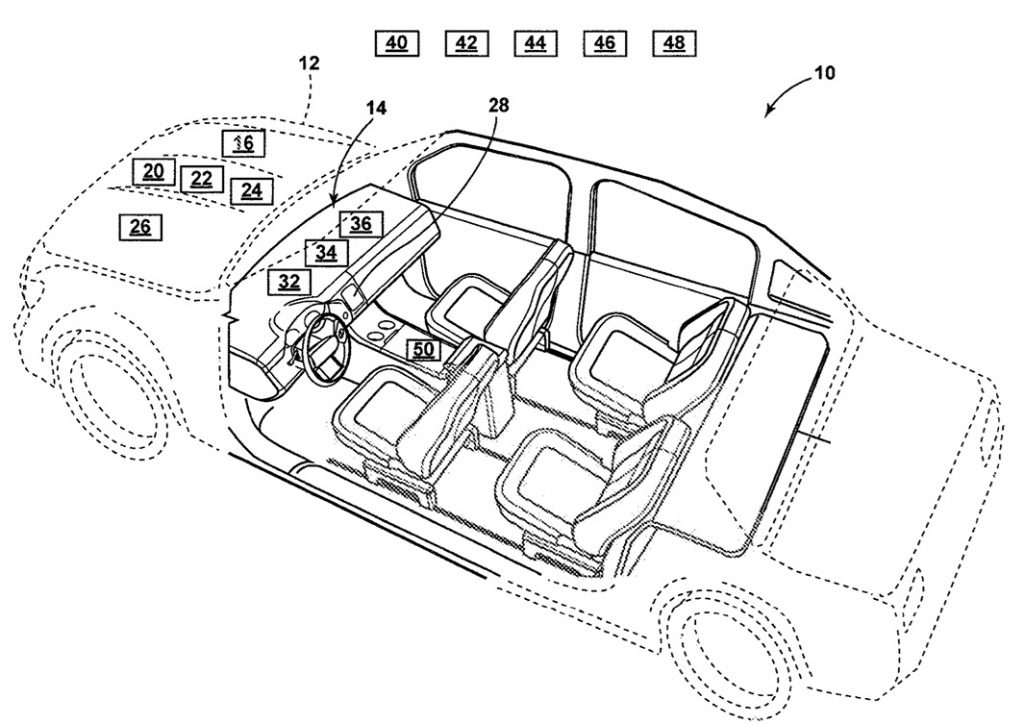Road rage is rapidly becoming a growing issue out on the road with incidents of road rage often being a key catalyst for vehicle accidents. General Motors has patented a system that aims to prevent it by taking control of the car.
Road rage, every driver has experienced this at least once in their driving career with these folks either on the receiving end of it or the ones that are dishing it out when confronting another motorist about an action out on the road. Road rage has become ingrained in the broader driving experience and has been an issue that’s just as old as the automobile itself.
However, road rage is also a dangerous problem and is often a key catalyst in various vehicle accidents and even some fatalities. General Motors thinks it has a solution to this problem with a new patented system that aims to prevent road rage from spiraling out of control.
A system that addresses a driver’s mental well-being
General Motors detailed the system in a 10-page patent filing which was registered with the U.S. Patent and Trademark Office back in November of 2022 but was published on May 16th. Dubbed “Vehicle Occupant Mental Wellbeing and Countermeasure Deployment” the system focuses on a series of sensors and modules that analyze and evaluate what’s happening in a car equipped with the system.
While the patent filing itself doesn’t explicitly say the system is designed to counter road rage, there are plenty of subtle hints in the patent itself suggesting this is indeed the case with GM saying the system aims to prevent “an undesirable situation” behind the wheel with the system in place. In this case, the system analyzes a potential problem behavior and deploys a suitable countermeasure to try and correct it. This is similar to what you see in some current driver-assistance features with these systems also using audio and visual alerts to try and get the driver to correct their behavior before proceeding to other alerts and intervention.
How does it work?

The patented system’s levels of audio and visual alerts are similar to what we have seen on existing features like Super Cruise
GM’s proposed system uses a four-level warning system with each rung of the ladder featuring a different countermeasure. The first two focus on light amounts of intervention with the system suggesting that the occupant should either engage in an exercise like a breathing activity or call someone they know using the hands-free system to calm them down.
Things get interesting when you reach level three with the vehicle calling a trained advisor (presumably through OnStar) to intervene and engage the occupants to try and find a solution to the incident. However, if all of that doesn’t work, the raging driver gets bumped down to level four where the car will automatically take control and remove the driver entirely from operating the vehicle. That form of intervention is the most controversial aspect of the system with the patent saying the ADAS systems would be “configured to provide a level of autonomous vehicle control…such that a driver of the vehicle need not be actively involved in controlling one or more driving or other functions of the vehicle.”
More GM Stories
- General Motors Moving HQ – But Not Very Far
- Chevy Finally Ready to Launch Retail Versions of the Silverado EV
- First Drive: 2024 Blazer EV – Something for Everybody
Will this ever make production?

Elements of this system might enter production as GM explores other avenues to enhance vehicle safety
It remains to be seen if this system will make its way into a production vehicle as is. While driver alerts have already made their way into production vehicles and phone alerts from trained advisors can be helpful in certain situations, the forced intervention of the ADAS system to take control away from the driver if it senses they are experiencing road rage is a controversial feature and one that will spur plenty of debate if the company decides to pursue it seriously.
At the same time, the task of improving vehicle safety is forcing automakers to explore new avenues for achieving this goal, and sometimes addressing issues like road rage and other underlying causes of vehicle accidents can help automakers find ways to try and mitigate the problem at its source before it grows into a bigger and potentially life-threatening issue out on the road.




![2023-Chevrolet-Bolt-driving[1]](https://headlight.news/wp-content/uploads/2023/09/2023-Chevrolet-Bolt-driving1-150x150.jpg)


I think if the driver is exhibiting road rage behavior, anything the vehicle ‘does’ to thwart the driver would only further enrage him/her. If there happens to be a baseball bat in the car, goodbye windshield.